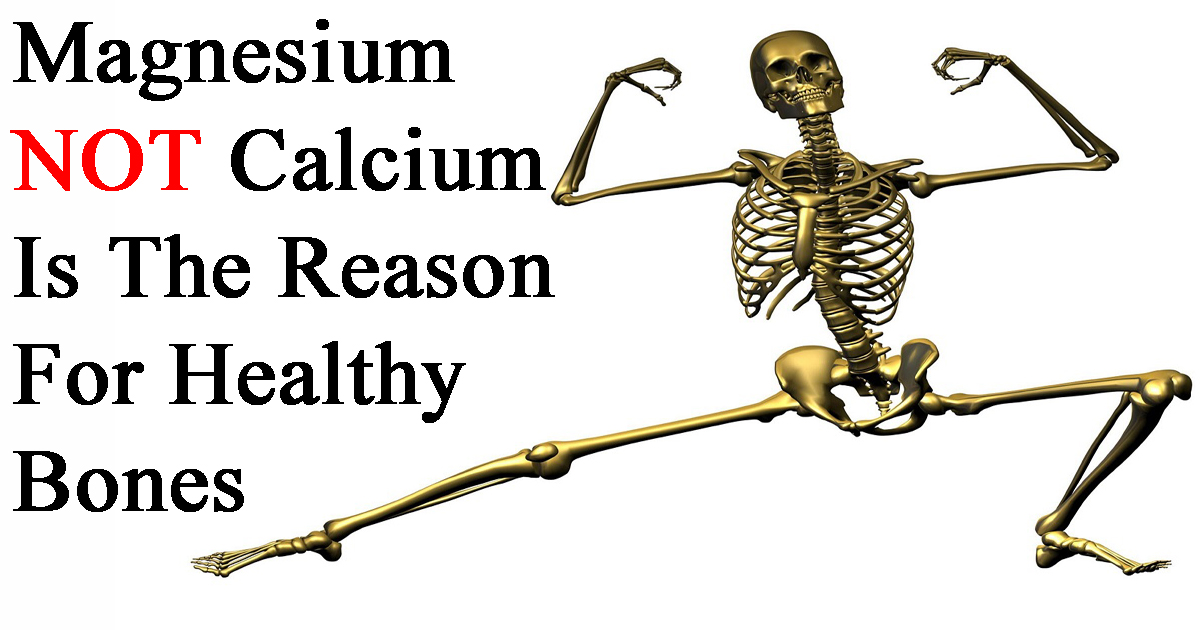Magnesium is one of the most abundant minerals which could be found in every living organism. Half of the magnesium in our body is located in our bones, and half inside the cells of our organs and soft tissues. Compared with the other minerals, magnesium is the fourth most abundant mineral in our body.

Our body uses this mineral for maintaining nerve functions, supporting healthy immune system and regulating hearth rhythm. Furthermore it maintains normal blood pressure, regulates blood sugar levels and it is involved in energy metabolism and protein synthesis.
Low levels of magnesium have been related with numerous chronic diseases such as Alzheimer’s disease, migraine headaches, stroke, hypertension, cardiovascular disease and diabetes.
Natural Sources of Magnesium:
GREEN VEGETABLES:
Magnesium is concentrated in chlorophyll molecule (green pigment in plants). Vegetables like spinach and chard are great choice rich with magnesium.
WHOLE GRAINS:
The process of making white flour removes the magnesium rich germ and bran which are present in whole grains, for that reason whole wheat bread contains double amount of magnesium compared with the white bread.
Recommended dosage of magnesium:
| AGE(YEARS) | MALE (mg/DAY) | FEMALE (mg/DAY) |
| 1-3 | 80 | 80 |
| 4-8 | 130 | 130 |
| 9-13 | 240 | 240 |
| 14-18 | 410 | 360 |
| 19-30 | 400 | 310 |
| 31+ | 420 | 320 |
Warnings:
High levels of magnesium intake have similar effect as the magnesium deficiency. This can lead to diarrhea, appetite loss, nausea, difficulty in breathing, low blood pressure and irregular heart rhythm. If you have magnesium deficiency, your doctor may prescribe you supplements. Avoid frequent use of laxatives and antacids that contain magnesium.




















